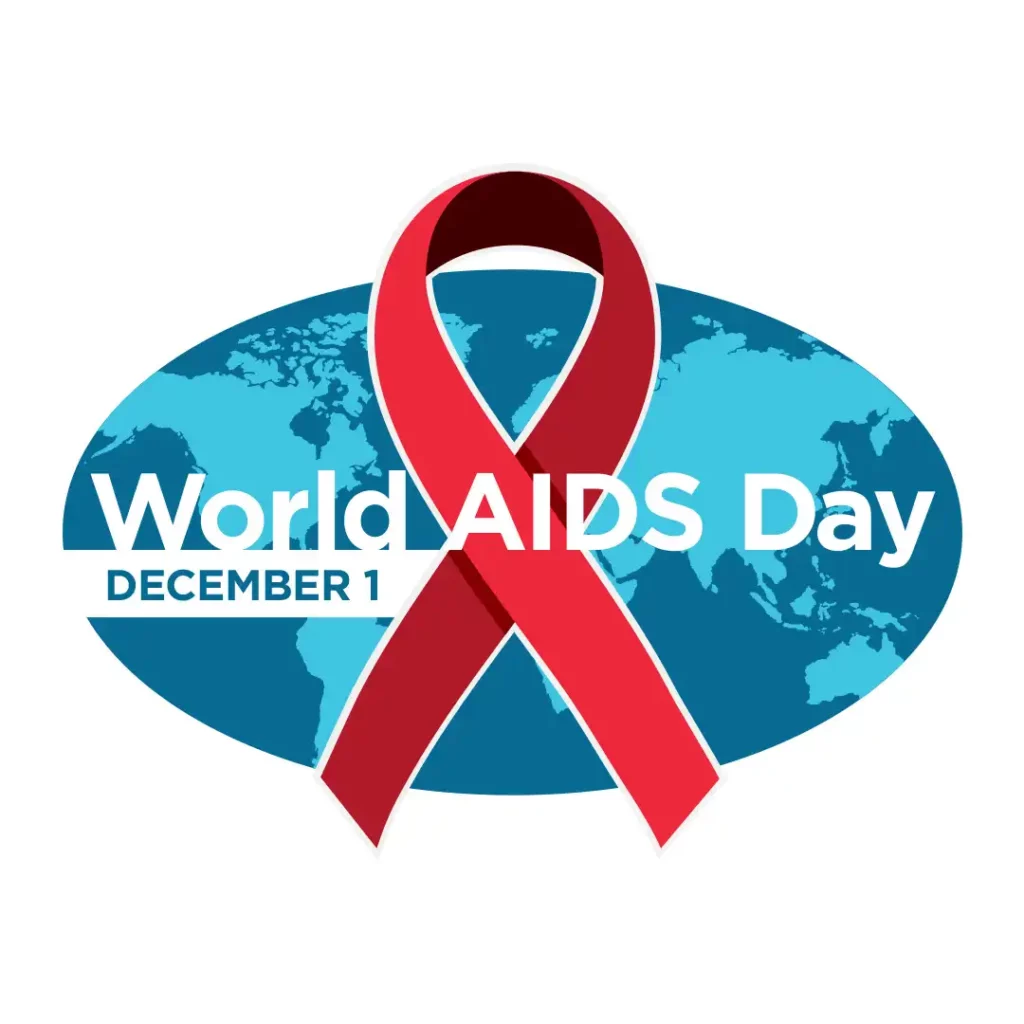
December 1 is recognized as World AIDS Day—this one is number 35, since the day was designated. Social media lit up with remembrances for those we lost. The hemophilia community was especially hard hit, so much so that it has been called the “Hemophilia Holocaust.” Nearly half of the known patients in the US died. It was the worst medical disaster in US history and deserves to be remembered.
It was also a disaster worldwide. One of the best books on the subject is And the Band Played On, by the late Randy Shilts. It describes in detail how HIV spread, was identified and how it impacted different countries in the world.
Below is a review submitted by Richard Atwood of North Carolina, who probably has the largest collection of bleeding disorder and HIV publications in the world. The review is from a book about redress movements—specifically for HCV infection—led by victims in the hemophilia communities in both Japan and South Korea. Richard notes that we tend to forget that not only HIV, but also HCV, infections accompanied treatment for blood disorders around the world, and that victims in each country have different situations resulting in different responses.
Accidental Activists: Victim Movements and Government Accountability in Japan and South Korea byCeleste L. Arringtoncompares and contrasts, for both Japan and South Korea, the victim redress movements for blood products used to treat hemophilia that were tainted with hepatitis C (and also for survivors of harsh policy controls applied to those individuals with Hansen’s disease, and North Korean abduction cases). Following the HIV victim redress movements for hemophilia in the 1990s, the hemophilia organizations in both countries mobilized for HCV.
About half of all hemophilia patients in Japan and South Korea were infected with HCV from tainted blood products. Other patient groups, such as mothers at delivery and surgery patients, also became HCV infected. Of the 2,000 hemophilia patients in South Korea, 25 became infected with HIV from local factor IX concentrate. Fewer South Korean hemophilia patients used factor concentrate due to greater poverty, while 40% of Japanese hemophilia patients became HIV infected.
The HIV lawsuits eventually resulted in monetary settlements to those HIV infected, with greater amounts granted in Japan in 1996 than in South Korea in 2013. Using some of the same lawyers again, lawsuits for HCV were brought forward—Japan in 2002 and in Korea in 2004—to sue the government and pharmaceutical corporations. South Korea advocacy faced hurdles: it was difficult to prove causality; the statute of limitations was applied; the two hemophilia organizations were in disagreement; public support was difficult to arouse; and the government delayed an epidemiological study, so there was no redress. In Japan, there were five lawsuits, an official inquiry committee, bottom-up public support once victims revealed their real names, and a bill passed for compensation, though hemophilia patients were left out, so there was some redress.
This book includes 18 pages for a bibliography and nine pages for an Index (with hemophilia included). Chapter 4, “The politics of Hepatitis C-Tainted Blood Products,” focuses on hemophilia patients. For her research design, the author conducted 225 participant/observer interviews in both South Korea and Japan in 2007, 2009, 2012, 2013, and 2015. The author characterized the analysis of international victim redress movements as naming, blaming, claiming, and shaming for the process of redress. This is an over simplification of the construct, though one easier to remember. She summarized in Table 4.2 her analysis of the HCV victim movements in Japan and South Korea. In the table, the components of redress (official inquiry, apology, compensation and other assistance, and institutional reforms) were scored (0 – not at all; 1 – partially; or 2 – fully). Japan received a score of 7 for full redress, while South Korea received a score of 1 for no redress (p. 145). For specific hemophilia questions, the author consulted Dr. Jerry Powell at UC-Davis, who is cited in Footnotes 2 and 121 (pp. 109, 142). The title accurately depicts the victims, who did not choose their adverse medical consequences and decided to seek redress. The subtitle summarizes the book. The author is an assistant professor of political science at The George Washington University.
Accidental Activists: Victim Movements and Government Accountability in Japan and South Korea by Celeste L. Arrington, 2016, Ithaca, NY: Cornell University Press. 231 pages.


1 thought on “Justice for the Victims”
I was thinking this topic was set aside and forgotten. Thank you for posting this.